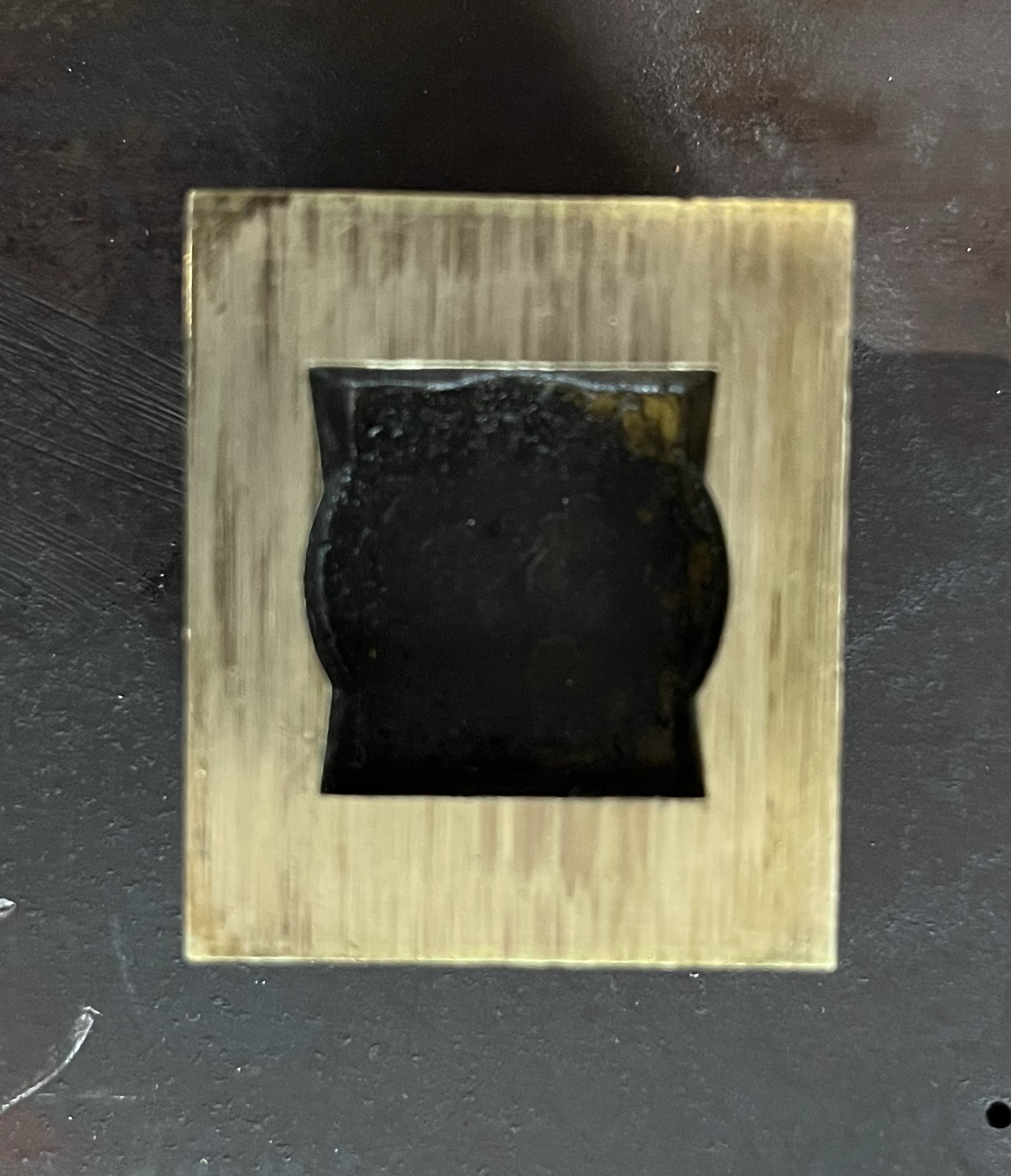|
|
Post by David on Nov 9, 2024 9:26:23 GMT
What effect do you think this shape exhaust cavity would have? The not straight sides of the cavity are the ones that open/close the ports. At it's widest it is the same(ish) width as over the cylinder ports. Which I think means it will initially let less exhaust out when it first uncovers the port, and also start reducing the exposed amount of port early when closing it. Anyone have an idea why you'd do this?  |
|
|
|
Post by chris vine on Nov 9, 2024 10:31:06 GMT
Hi David,
Are you looking at this the wrong way round?
From the wear marks, I would say that the edges which open and shut the ports are perfect. The wonky ones only slide alongside the steam ports and won’t make any difference.
Unless I’m seeing it the wrong way round of course!!
Chris
|
|
jl
Member

Posts: 4
|
Post by jl on Nov 9, 2024 21:30:00 GMT
My first thought was that the builder followed the old-fashioned method of forming the cavity by drilling a shallow hole and then flattened the bottom with a d bit. By choosing the right diameter this would give a cavity of required length and then the corners would be cut using a chisel made for the purpose and the wonky sides being simply a byproduct of the required cavity dimensions not being a square. If they are indeed meant to face the ports then I have no idea why that would be, sorry  I once (before I had even a vertical slide) formed ports by drilling and chiselling and was surprised how well they came out. JL |
|
|
|
Post by David on Nov 10, 2024 5:33:28 GMT
Chris is correct, I didn't check the orientation. I could not conceive of a reason for the non-port parts of the valve to have that odd shape so assumed it was an experiment!
The instructions for this engine describe making the valves in two pieces so the bottom part has the cavity right through it. While not needing a milling cutter, this may have a side-benefit of allowing you to see through it while sizing the cavity!
|
|